The genetic mechanism of chromosome translocation in watermelon with less-seed was revealed
Recently, the watermelon genetic breeding and cultivation team of Zhengzhou Fruit Research Institute and the watermelon breeding team of Vegetable Research Institute of Beijing Academy of Agriculture and Forestry Sciences published a paper entitled "Identification of allelic relationship and the translocation region among chromosomal translocation lines that leads to less-seed watermelon" in Horticulture Research. In this study, the translocation region leading to less seed among chromosomal translocation lines was accurately identified, the genetic mechanism of the chromosomal translocation lines with few seeds was revealed, the molecular markers for the detection of translocation chromosomes were developed, and it was successfully applied to the translocation breeding practice.

Seed fertility phenotypic analysis of WT (a, b, c), MT (a, b, c), and F1 (a, b, c).
野生型(a, b, c),突变体 (a, b, c)和杂交1代1 (a, b, c)西瓜易位少籽表型
Less-seed and seedless traits are desirable characteristics in watermelon, the creation of less-seed watermelon traits through the use of chromosomal translocation materials has introduced a new direction in breeding seedless or less-seed watermelons. This study focused on three groups of chromosomal translocation materials from different sources and conducted inheritance and allelic relationship analysis of translocation points. The results from third-generation genome sequencing and fluorescence in situ hybridization revealed that the specific translocations in the naturally mutated material. Cytological observation showed that heterozygous translocation hybrids showed chromosomal synapsis abnormalities during meiotic diakinesis. Further, dominant and codominant molecular markers were developed on both sides of the translocation breakpoints, which could facilitate rapid and efficient identification of chromosome translocation lines. This study provides technical guidance for utilizing chromosomal translocation materials in the development of less-seed watermelon varieties.
Di Jiao , PhD student of Zhengzhou Fruit Research Institute, is the first author of this paper. Yong Xu, Professor of Vegetable Research Institute of Beijing Academy of Agriculture and Forestry Sciences, and Wenge Liu, Professor of Zhengzhou Fruit Research Institute, are co-corresponding authors. This research was supported by the National Natural Science Foundation of China, the China Agriculture Research System of MOF and MARA, and the National Key R&D Program of China.
By Zhu Hongju
zhuhongju@caas.cn
-
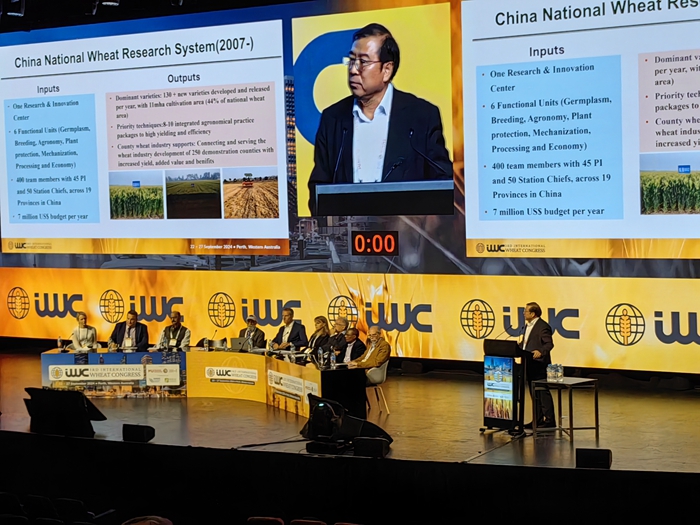 Nov 06, 2024Experts from ICS Participated in the 3rd IWC
Nov 06, 2024Experts from ICS Participated in the 3rd IWC -
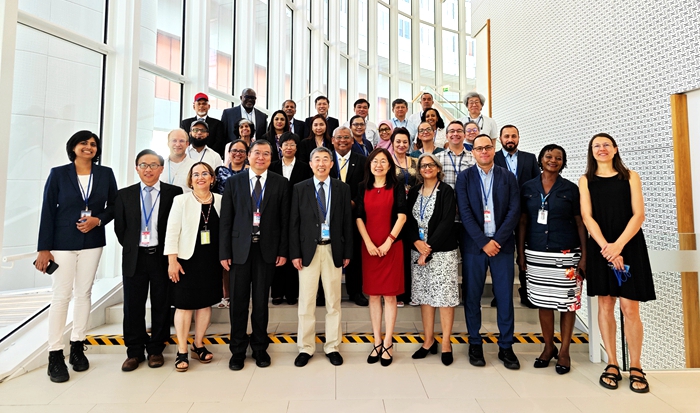 Oct 24, 2024Prof. Luxiang Liu Renewed His Term as the Chairman of the Mutation Breeding Network (MBN)
Oct 24, 2024Prof. Luxiang Liu Renewed His Term as the Chairman of the Mutation Breeding Network (MBN) -
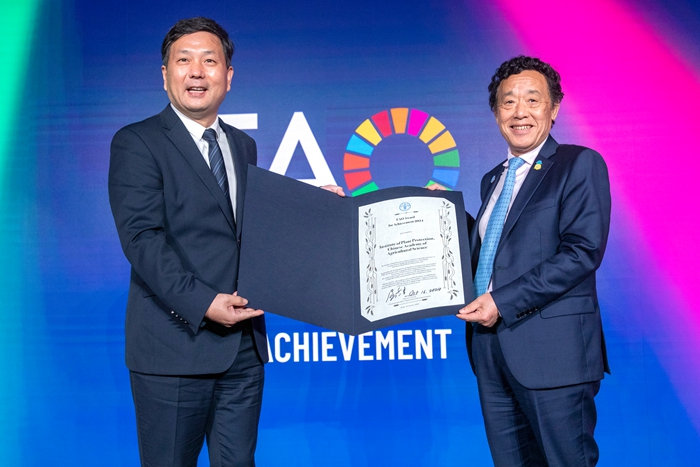 Oct 23, 2024IPPCAAS Wins the 2024 FAO Achievement Award
Oct 23, 2024IPPCAAS Wins the 2024 FAO Achievement Award -
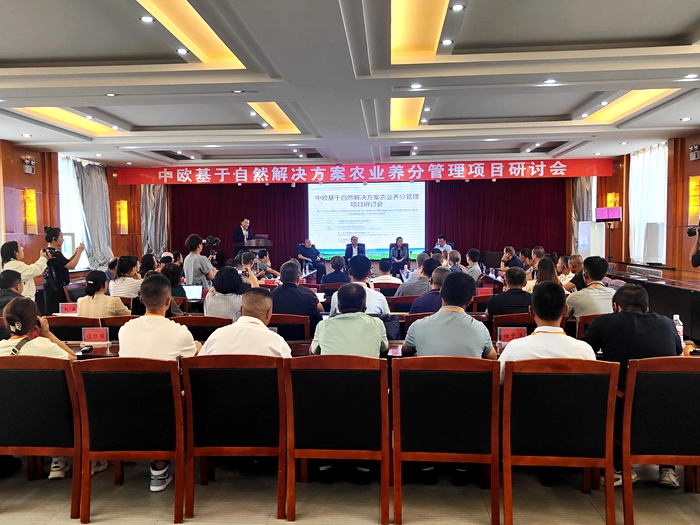 Oct 23, 2024ICS Hosted the Symposium of China-European Union Nature-based Solutions for Nutrient Management International Cooperation Program
Oct 23, 2024ICS Hosted the Symposium of China-European Union Nature-based Solutions for Nutrient Management International Cooperation Program -
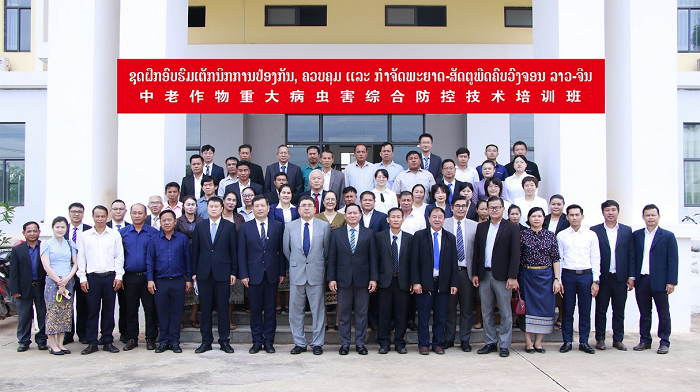 Sep 30, 2024China-Laos Training Workshop on Integrated Management of Major Crop Pests and Diseases Concludes Successfully in Laos
Sep 30, 2024China-Laos Training Workshop on Integrated Management of Major Crop Pests and Diseases Concludes Successfully in Laos
